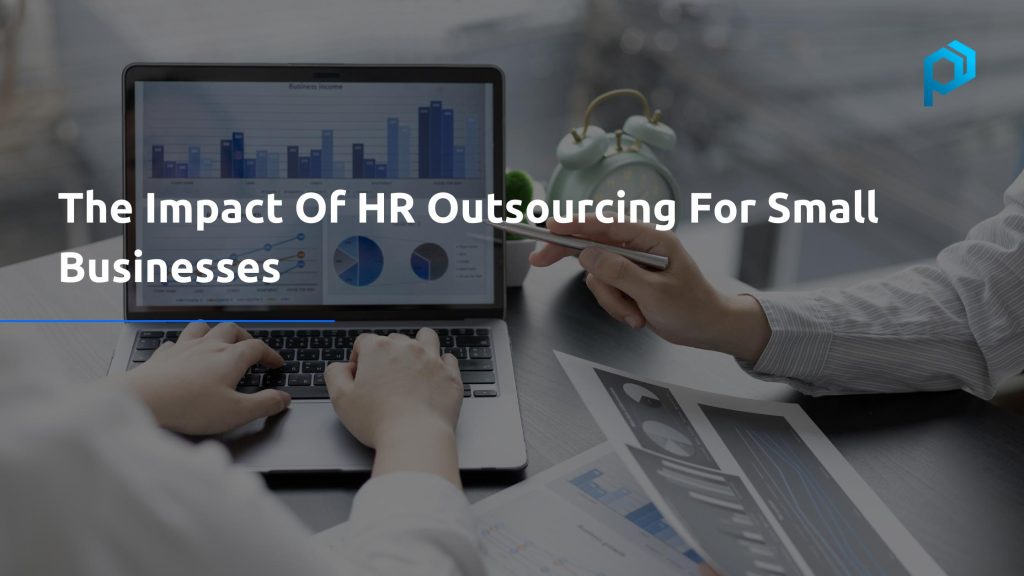The most dangerous payroll privacy threat to U.S. companies is not a hacker: it’s a regulation they’ve never heard of.
When a U.S. firm extends into Singapore, Australia, or India, the typical response is to rely on GDPR compliance as an overarching safety net.
But payroll privacy doesn’t cross borders as easily as your company’s dreams. Every region has its own definition of “sensitive data,” consent rules, and penalties, and neglecting these nuances can transform a basic payslip into a compliance nightmare.
So, what happens when GDPR comes into contact with Asia Pacific regulations, and how can companies using global payroll solutions reconcile them?
Why We Need More Than Just GDPR for Payroll Data Privacy?
GDPR is a model, not a pass. It sets out how companies in the EU must treat personal data, but regulators elsewhere in the Asia-Pacific don’t cut-and-paste its rules. They adapt them.
For example, purpose-based consent is permissible under Singapore’s PDPA, but explicit and granular approval is required under India’s DPDP Act. Australia doesn’t have data localization rules, but India does. And as steep as the EU fines are, the penalties in APAC are quickly leveling up.
Here’s a quick snapshot:
| Aspect | GDPR (EU) | PDPA (Singapore) | Privacy Act (Australia) | DPDP Act (India) |
| Data Localization | Not required | Conditional | Not required | Required |
| Penalties | Up to €20M or 4% of global revenue | Up to SGD 1M | Up to AUD 2.5M | Up to ₹250 Cr |
| Consent Type | Explicit | Purpose-based | Reasonable | Explicit & granular |
Source: King Stubb & kativa
When your payroll data flows between these jurisdictions, one weak policy can create legal exposure across your entire workforce network.
How are international payroll solutions filling these compliance gaps?
Today, global payroll products don’t simply process paychecks; they manage compliance across countries.
Here’s how:
- Data mapping automation allows you to spot where sensitive data is and who has access to it.
- Records are protected by encryption and role-based access so that only the relevant employees can view or edit records.
- Localized compliance modules automatically customize policies to the laws of each region.
Think of it as an intelligent second layer that translates the rules of GDPR to local compliance dialects before your data goes out from a server.
How Does an Employer of Record Secure Data Privacy?
An EOR is more than just a hiring intermediary; it is your compliance friend.
EORs manage your onboarding, payroll, and benefits for you, which in turn makes them responsible for maintaining the security of employee data according to local regulations.
A reliable EOR ensures:
- Agreements and informed consent are in accordance with country-specific requirements.
- Cross-border data transfers are made subject to legal safeguards.
- Payroll processing is compliant in terms of both GDPR and local privacy law.
For companies scaling into the region, collaborating with an EOR takes much of that guesswork out and avoids those “didn’t even know this rule was a thing” moments.
How Can Organizations Enhance Their Payroll Data Privacy Framework?
Whether you handle payroll in-house or outsource it, there are a few smart strategies to help you stay safe:
- Conduct regular compliance audits; the laws are moving targets, and so should your policies.
- Check vendor contracts for provisions about data storage and transfers.
- Use zero-trust models to reduce unauthorized access.
- Work with partners who understand the regional dynamics of payroll privacy.
If you’re asking yourself how safe your system actually is, you can explore more on payroll data security, and it’s often the first step to real compliance confidence.
Is Data Privacy the Next Frontier of Global Trust?
With globalization, data protection is becoming the new standard of corporate credibility. Employees now take it for granted that their personal and financial information will be as secure as their paychecks are reliable.
It’s not just about avoiding charges anymore; it’s about achieving trust across borders.
At Procloz, we help you bridge that gap with secure employer of record services and compliant global payroll solutions that allow you to expand confidently in any location where your teams are.
Ready to turn your approach to payroll data privacy into a competitive edge?
Let’s make sure your global expansion is supported by rock-solid compliance and zero data risk. Talk to Procloz today →
Frequently Asked Questions (FAQs)
Q. Who should have access to payroll data?
Access to payroll data should be limited to authorized HR, finance, and compliance personnel directly involved in payroll processing. Role-based access controls help ensure that sensitive employee information remains protected from unnecessary exposure.
Q. What payroll information is confidential?
Confidential payroll information includes employee salaries, tax details, bank account numbers, personal identifiers, and benefits data. This information must be stored securely and only shared with approved individuals or vendors for legitimate business purposes.
Q. What is the most common GDPR violation?
The most common GDPR violation involves mishandling personal data, such as collecting it without consent, failing to secure it, or sharing it unlawfully. In payroll, this often occurs through weak security practices or unauthorized data transfers.
Q. How can encryption enhance payroll data security?
Encryption protects payroll data by converting it into unreadable code during storage and transmission. Even if unauthorized access occurs, encrypted data remains indecipherable, reducing the risk of data theft or breaches.





